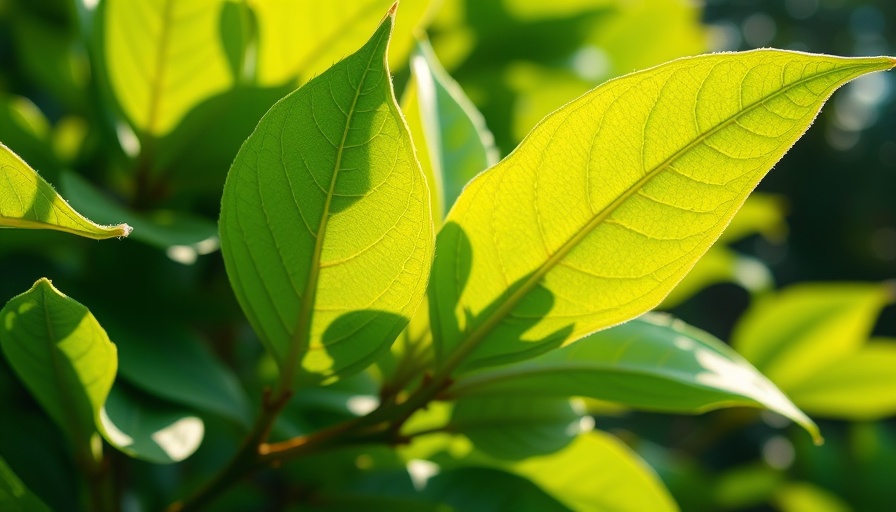
Unlocking the Secrets of Bay Laurel Propagation
Bay laurel, scientifically known as Laurus nobilis, is not just an ornamental tree; it's also a culinary gem, often used to enhance flavors in soups, stews, and sauces. The allure of its aromatic leaves frequently fuels a gardener’s desire to cultivate multiple plants, leading to the question—how can you effectively propagate your own bay laurel from cuttings?
Timing is Everything: When to Take Stem Cuttings
Successful propagation begins with choosing the right time. Mid to late summer is ideal for taking semi-hardwood cuttings. Look for branches that are still flexible and not too woody.
Preparation for Success: Choosing the Right Cuttings
When preparing your cuttings, select a healthy shoot with no signs of disease. A six-inch segment that comfortably fits your fingers provides the best chance for successful rooting. Using heel cuttings—where a small portion of the bark from the original plant remains attached—can greatly enhance your chances of success. This method exposes more of the cambium layer and provides additional growth hormones necessary for rooting.
Planting Your Cuttings: Soil and Environment
Once your cuttings are ready, it’s time to plant them. Use a potting mix specifically designed for propagation. This usually includes elements like perlite or sand to ensure proper drainage and aeration. Making a hole in the soil helps minimize damage to the cuttings as you place them in a growing environment conducive to rooting.
The Journey to Transplanting: Patience is Key
Do not rush the process. It's essential to keep the soil consistently moist but never soggy. The rooting process can take several weeks, and it’s advisable to maintain a humidity level around your cuttings to boost growth. A simple plastic bag can create a mini-greenhouse effect, just make sure to allow some air circulation to prevent mold.
Common Challenges & Solutions in Propagation
Even with careful planning, it’s common for some cuttings to fail. The failure rate can be mitigated by taking more cuttings than you think you will need. Expect that a couple might not make it, but this gives you a higher chance of reaping that lush bay laurel reward.
Why Knowing This Matters to Gardeners
Understanding how to propagate bay laurel not only beautifies one’s garden but contributes to sustainable gardening practices. Homegrown herbs offer fresher flavors, and by replicating your plants, you avoid the costs and environmental impact associated with buying new ones. Furthermore, having a thriving herb garden encourages a healthy lifestyle and culinary enthusiasm.
Dive Deeper into the World of Bay Laurel
If you're excited to engage further, consider integrating companion planting methods, which not only optimize growing conditions but also control pests naturally. Bay laurel can thrive alongside other herbs like rosemary and thyme, fostering both health and flavor in your garden.
In conclusion, propagating bay laurel from cuttings is a rewarding endeavor that combines patience with gardening skill. With the right techniques and understanding, you can cultivate your own bay laurel trees, enriching your culinary experiences and gardening expertise.
 Add Row
Add Row  Add
Add 




Write A Comment